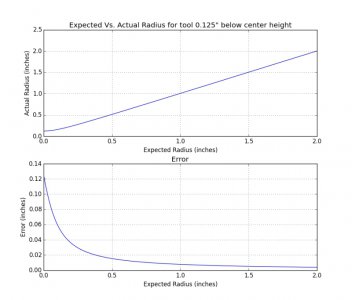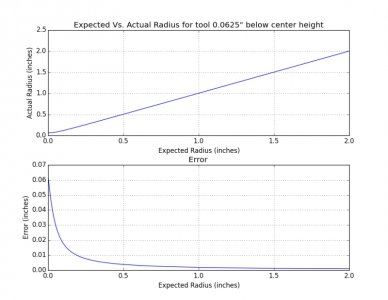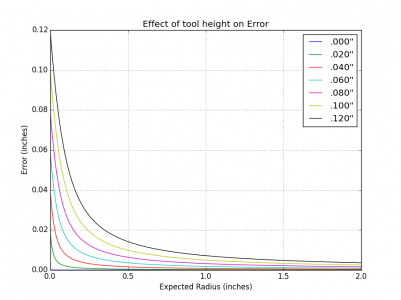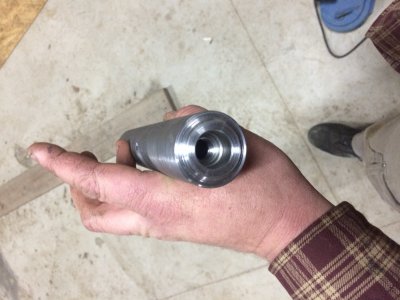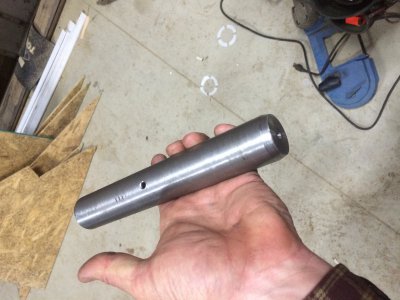- Joined
- Jan 6, 2016
- Messages
- 4
Hi, I take two matching finish cuts. If I want to take a 0.025" finish cut I rough the part to +0.050" then I take the first 0.025" finish cut noting the number on the dial. I measure the part. The remaining stock may not 0.025". Adjust the cutter for the remaining stock using the first cut dial number as your starting point.
The amount I leave for finish is based in the part. I pay attention to the amount of deflection I'm getting while roughing. The more rigid the part is the less I need to worry about deflection and the bigger finish cut I can take.
The amount I leave for finish is based in the part. I pay attention to the amount of deflection I'm getting while roughing. The more rigid the part is the less I need to worry about deflection and the bigger finish cut I can take.


